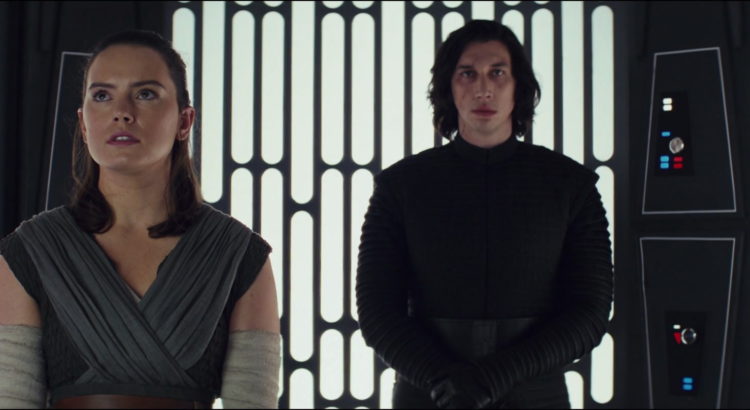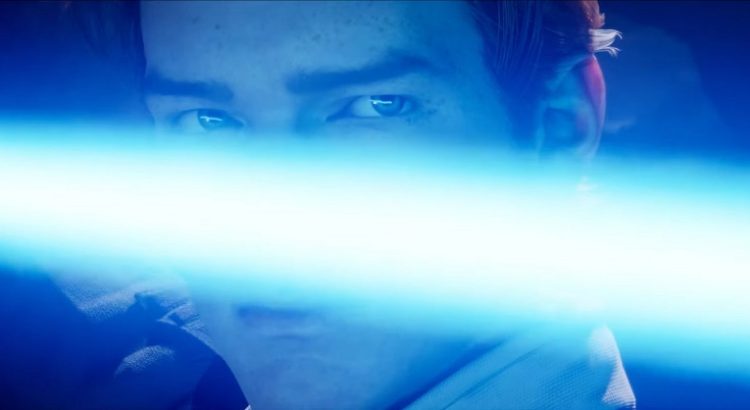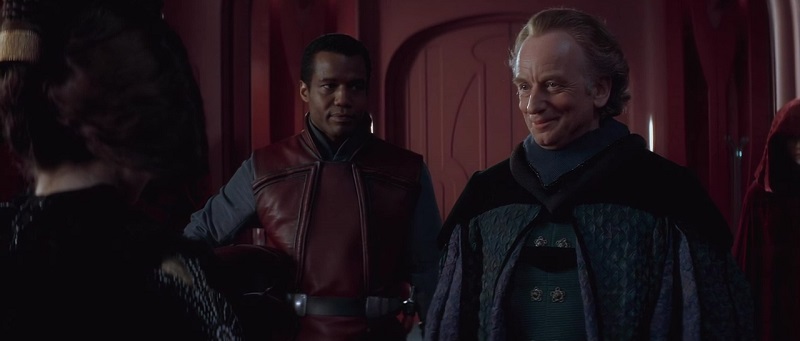Second Look is Eleven-ThirtyEight’s biannual tradition of highlighting some of our most interesting pieces from recent months. Every day this week you’ll find a different older piece back on our front page for another moment in the spotlight. – Mike, EIC
As regular readers of the site may know, I do not interpret The Last Jedi as romantic. However, I understand many of the reasons why others do, even if I don’t agree. Romance has always been a part of Star Wars, and many relationships end up being mirrors of each other. For my part, I can read romance into The Last Jedi from that angle, though it’s not necessarily a positive spin. With parallels to the previous Star Wars romances visible, I can see this film as a commentary on The Empire Strikes Back and Attack of the Clones.
Movies are a type of communication. And like any type of communication, movies can communicate their ideas well, poorly, or anywhere in between. So when I speak about how the two previous “middle chapters” of Star Wars fail in their romances, I am not discussing the idea of Anakin or Han as romantic leads, nor am I critiquing fans who see either of them (or Kylo) as just that. I’m discussing how the film communicates those ideas of romance. This is a Doylist discussion.
The Last Jedi in general is a wonderful exercise in Watsonian and Doylist interpretations. “Watsonian” is from the universe: John Watson explaining the events of his adventures with Sherlock Holmes. “Doylist” is from the meta: Sir Arthur Conan Doyle explaining why he wrote those events.





